VIDEO: Sheffield Castle's role in the city's birth uncovered
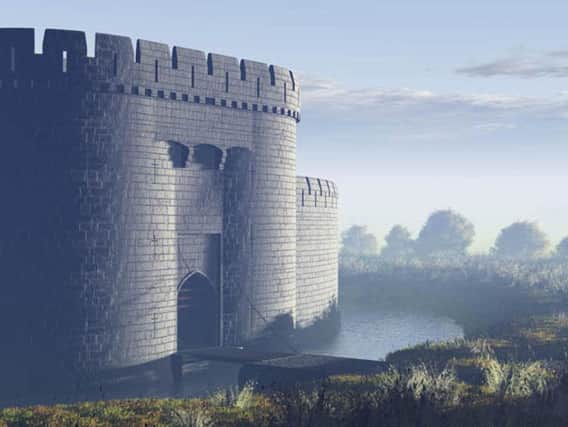

Archaeologists at the University of Sheffield have uncovered new information about the history of the medieval castle, where Mary Queen of Scots was imprisoned for more than a decade.
They now believe its creation in the late 11th or early 12th century coincided with the construction of a planned market town, whose streets still form the core of Sheffield city centre.
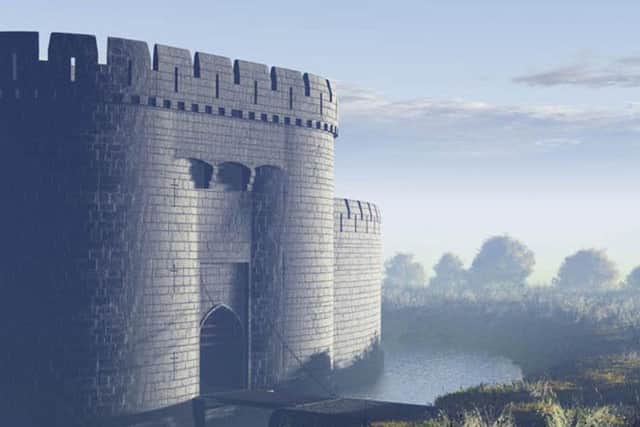

Advertisement
Hide AdAdvertisement
Hide AdTheir findings shed new light on the city's evolution, including early pottery production and indications of a bone-working industry which may have been producing handles for knives and forks long before the cutlery boom.
The discoveries, made during the first detailed studies of excavations carried out in the 1920s and 1950s, were published ahead of new explorations at the old Castle Market site on Waingate which are due to begin in May next year.
Professor John Moreland, from the university's archaeology department, said: "Sheffield is known for steel production and its rich industrial heritage, but its roots lie in the middle ages. If it wasn't for its demolition following the Civil War, Sheffield's skyline might still be dominated by its castle.
"When people think about castles from medieval England they tend to think of Lincoln or Pontefract. We hope that our work, and the new excavations due to commence in the spring of 2018, will make them think of Sheffield instead!"
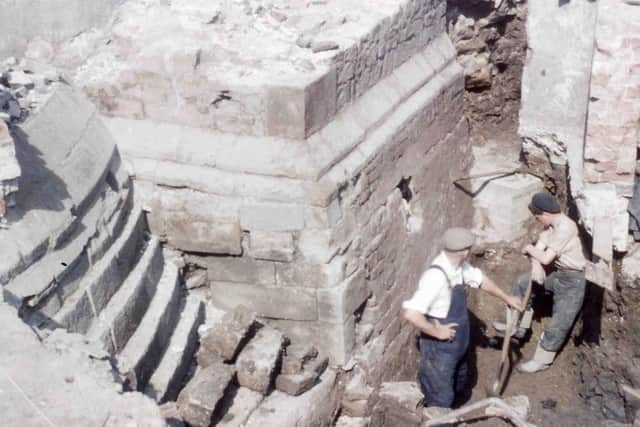

Advertisement
Hide AdAdvertisement
Hide AdHe said the research, funded using money bequeathed by university alumna Pamela Staunton, suggested a market town had been created from scratch between the castle and the cathedral.
This appears to contradict previous theories that the city grew from a sizeable Anglo Saxon settling.
The paths which still run between Norfolk Street and Fargate, suggested Professor Moreland, could be the remnants of plots occupied by workers during the middle ages.
He said earlier excavations appeared to show pottery used in the castle during the Middle Ages came almost exclusively from Sheffield and its immediate surrounds, though it was later brought in from Lincolnshire, France and the Netherlands.
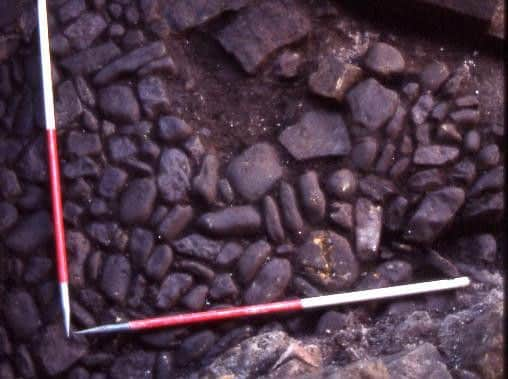

Advertisement
Hide AdAdvertisement
Hide AdWaste leather and old shoes thought to have been dumped in the castle's moat by a cobbler, meanwhile, provide an insight into fashions in footwear between the 15th and 17th centuries.
The exact design or extent of the castle remains unclear, but its inner courtyard is believed to have been where the Don and Sheaf rivers meet, at Castlegate, with its outer limits stretching to Commercial Street or thereabouts.
The castle, thought to have been one of the most significant in the north of England, is believed to have hosted Henry VIII's chief adviser Cardinal Wolsey.
But its most famous inhabitant was Mary Queen of Scots, regarded by many as the rightful Queen of England, who was held captive there between 1570 and 1584, before being executed in 1587.
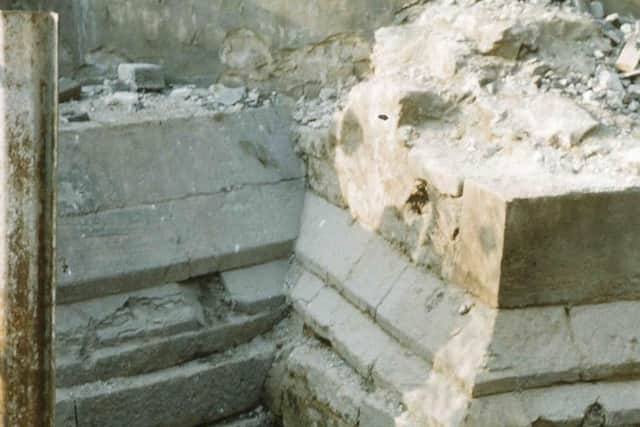

Advertisement
Hide AdAdvertisement
Hide AdThe castle was a Royalist stronghold during the English Civil War but fell in 1644 to Parliamentary forces, who ordered its demolition two years later.
The university-led research team are working with Sheffield Council and the Friends of Sheffield Castle so their findings can help kick start the regeneration of the run-down Castlegate area of the city, which is also home to the dilapidated Old Town Hall.
Students' plans for a temporary viewing pier overlooking the excavation site were unveiled earlier this year, and the university is working with creative agency Human Studio on a virtual reality project enabling users to walk through the castle as it might have looked.
Martin Gorman, who chairs the castle friends group, said: "This recent study is probably the most thorough investigation of the archives that's ever been conducted and it's helping us draw up a more accurate picture of how the castle and the surrounding area would have looked.
Advertisement
Hide AdAdvertisement
Hide Ad"It's also helping us understand more about how Sheffield grew up around the castle to become the city it is today.
"There's a fantastic opportunity to do something special with that part of the city centre, making the castle the focal point."